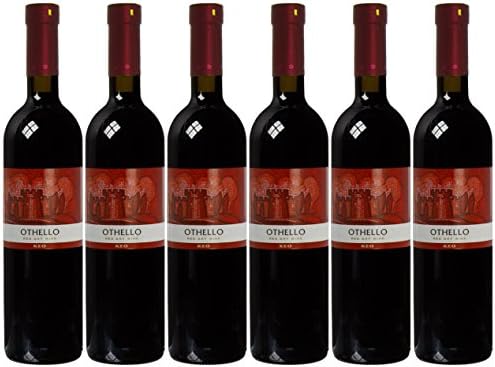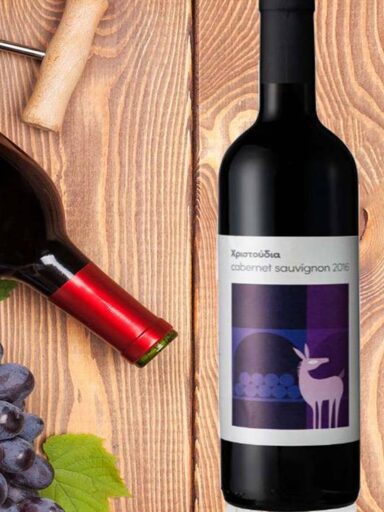Mavro: The Quintessential Local Cypriot Wine
Mavro, a traditional Cypriot grape variety, holds a significant place in Cyprus’s winemaking history. This indigenous grape, whose name means “black” in Greek, yields a versatile, approachable red wine. It captures the island’s unique terroir and winemaking heritage. Mavro wine, known for its light body, soft tannins, and fruity character, is a perfect introduction to Cypriot viticulture.
Historical Background
Mavro has been cultivated in Cyprus for centuries, with its origins tracing back to ancient times. Mavro is key to making Commandaria, one of the world’s oldest wines, produced in Cyprus for over 4,000 years. Despite its ancient roots, Mavro remains relevant today, enjoyed by locals and visitors alike.
Viticultural Characteristics
Climate Adaptation: Mavro thrives in Cyprus’s Mediterranean climate, characterized by hot, dry summers and mild, wet winters. Its thick skin helps it endure Cyprus’ intense heat and sunlight, making it ideal for the island’s climate.
Terroir: Mavro thrives in regions like the Troodos, where cooler temperatures and higher altitudes enhance its balanced acidity and vibrant flavours.
Winemaking Process
Winemakers employ both traditional and modern techniques to produce Mavro wine. The grapes are typically harvested by hand to ensure quality. Fermentation methods vary based on the desired wine style. Stainless steel tanks create fresh, fruity profiles, while oak barrels add complexity and depth.
Tasting Notes
Mavro wine is versatile and approachable, ideal for various occasions and pairings. Key traits include:
Appearance: Light to medium ruby red colour.
Aroma: Aromas of red fruits, such as cherry and raspberry, often accompanied by subtle floral notes and hints of Mediterranean herbs.
Palate: On the palate, Mavro offers flavours of fresh red berries, a touch of spice, and earthy undertones. The wine’s soft tannins and moderate acidity make it smooth and easy to drink.
Finish: The finish is typically clean and refreshing, with lingering fruitiness.
Food Pairing
Mavro’s versatility extends to its food pairing potential. It pairs wonderfully with a variety of Cypriot dishes, enhancing the flavours of the local cuisine:
Cypriot Meatballs (Keftedes): The light tannins and fruity profile of Mavro complement the savoury and herbal flavours of the meatballs without overwhelming them.
Souvlaki: Grilled meats, such as pork or chicken skewers, match well with Mavro’s fruit-forward character and moderate acidity.
Halloumi: The wine’s acidity cuts through the richness of fried or grilled halloumi cheese, creating a balanced and satisfying pairing.
Vegetarian Dishes: Mavro pairs nicely with vegetable-based dishes, such as stuffed vine leaves or grilled vegetables, enhancing their earthy and herbal notes.
Modern Relevance
Mavro is deeply tied to Cyprus’s winemaking heritage. Modern winemakers are refining techniques to enhance its quality and reputation. Improved vineyard management and advanced techniques have elevated Mavro wines. These efforts attract both local and international markets.
Conclusion
Mavro, with its rich history and distinctive characteristics, stands as a testament to Cyprus’s enduring winemaking heritage. This versatile and approachable wine offers a true taste of the island’s unique terroir and cultural traditions. Whether enjoyed on its own or paired with traditional Cypriot cuisine, Mavro wine provides a delightful experience for wine enthusiasts. Mavro is a perfect introduction to Cyprus’s flavours. It embodies the island’s essence in every sip.




